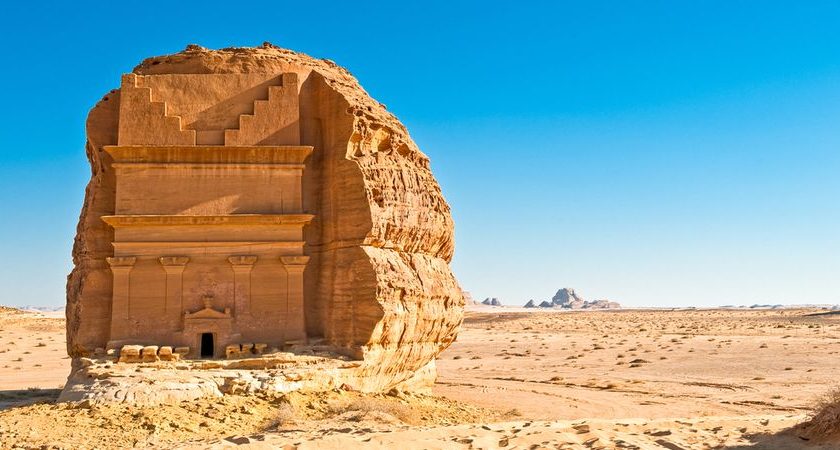Few travel experiences embody serenity, tradition, and natural beauty quite like a soak in a Japanese onsen. These geothermally heated hot springs, found across Japan’s mountainous landscapes and coastal towns, are more than places to relax — they are windows into the heart of Japanese culture. If you plan to explore Japan onsens, prepare for a journey that soothes the body, nourishes the spirit, and leaves you with memories far richer than any souvenir.
In this guide, we’ll unravel the deep history, important etiquette, types, and top destinations for fully embracing the age-old art of onsen bathing in Japan. Whether you’re a first-timer or seasoned traveler, there’s always a new hot spring gem waiting for you.
What is an Onsen?
In Japanese, “onsen” (温泉) literally means “hot spring,” but culturally it signifies much more. Thanks to Japan’s intense volcanic activity, thousands of mineral-rich springs bubble beneath the surface, naturally heated to perfection. Bathing in these waters is thought to have health benefits — easing arthritis, improving circulation, and even rejuvenating the skin.
Modern onsens range from ultra-traditional ryokans (traditional inns) to luxurious spa resorts. No two onsens are exactly alike; each mineral blend, temperature, and setting creates a unique bathing experience. It’s like nature’s personalized spa treatment, perfected over millennia.
A Brief History of Onsens
The roots of Japan’s onsen culture stretch back over 1,300 years. The Nihon Shoki — Japan’s second-oldest chronicle — mentions early emperors healing their ailments with hot spring waters. Samurai soaked after battles to restore their strength. Artists and monks found inspiration and solace in the steamy baths.
In the Edo period (1603–1868), onsen towns flourished as rest stops along travel routes. Today, they remain cultural sanctuaries where old meets new, offering every visitor a chance to reconnect with themselves — and with the ancient rhythms of nature.
Onsen Etiquette: What Every Visitor Should Know
Bathing in an onsen isn’t just about relaxation — it’s about respect. Here’s a cheat sheet so you fit in like a local:
- Wash before bathing: Always scrub clean at the shower stations before entering the communal bath.
- No swimwear allowed: Traditional onsens require nudity. But don’t worry, it’s a completely non-judgmental environment.
- Keep towels out of the water: Use the small towel to modestly cover yourself, but place it on the bath’s edge before stepping in.
- Tattoos may raise eyebrows: Many onsens ban tattoos because of historical ties to the yakuza. However, tattoo-friendly onsens like those found here are becoming more common!
- Quiet voices only: Onsens are sacred spaces for relaxation — think spa, not pool party.
- No photos: Always respect the privacy of others in the baths.
Types of Onsens to Experience
Not all onsens are created equal! Here’s how to find your dream soaking experience:
- Indoor vs Outdoor (Rotenburo): Nothing beats soaking in a rotenburo surrounded by snow, waterfalls, or lush forests. It’s pure magic, especially at places like Nyuto Onsen in Akita.
- Public vs Private: Solo or shy? Opt for a private onsen (kashikiri) — often found in ryokan suites. They offer intimate baths perfect for couples or families.
- Natural vs Artificial: True onsens use authentic volcanic spring water. Always check if the water source is natural before booking!

Top Onsen Destinations in Japan
Ready to take the plunge? Add these dreamy spots to your bucket list:
- Hakone (Kanagawa): Luxurious ryokans, lakeside views, and steaming baths — just a short ride from Tokyo.
- Beppu (Oita): Known for the “Hells of Beppu” — colorful geothermal wonders plus amazing sand and mud baths.
- Kusatsu (Gunma): One of Japan’s most famous onsen towns, with dramatically hot, mineral-rich waters said to “cure every illness but lovesickness.”
- Kinosaki (Hyogo): Stroll through a storybook town in your yukata, hopping between charming public baths.
- Noboribetsu (Hokkaido): Japan’s powerhouse spa town — stunning volcanic scenery meets intense sulfur springs.
Special Onsen Experiences to Try
- Sand Baths: Let yourself be buried in warm, mineral-rich sands at Ibusuki.
- Mud Baths: Beppu’s therapeutic mud baths are a unique and fun detoxifying experience.
- Foot Baths (Ashiyu): Perfect for a quick rejuvenation while sightseeing, often free and scattered throughout towns like Arashiyama.
Health Benefits of Onsen Bathing
Beyond the relaxation, regular onsen bathing can seriously boost your health:
- Improved circulation: Hot waters widen blood vessels, boosting heart health and muscle recovery.
- Glowing skin: Sulfur and minerals work wonders for eczema, acne, and skin hydration.
- Stress relief: Immersing in natural hot springs calms the mind, lowers cortisol, and improves sleep.
- Natural pain relief: Great for arthritis, sports injuries, and chronic muscle soreness.

Experiencing Japan onsens is much more than slipping into hot water — it’s about slowing down, honoring ancient traditions, and reconnecting with nature in its purest form. Whether you find yourself soaking in a snow-covered forest rotenburo or savoring the sulfur-scented air of Beppu, each moment offers a gentle reminder: life is richer when you pause to breathe it in.
Which dream onsen is calling your name? Tell us in the comments — and don’t forget to follow WentWorld for more authentic travel guides that nourish your soul and fuel your next journey!
Catch up on the top stories and travel deals by subscribing to our newsletter!












Leave a Reply